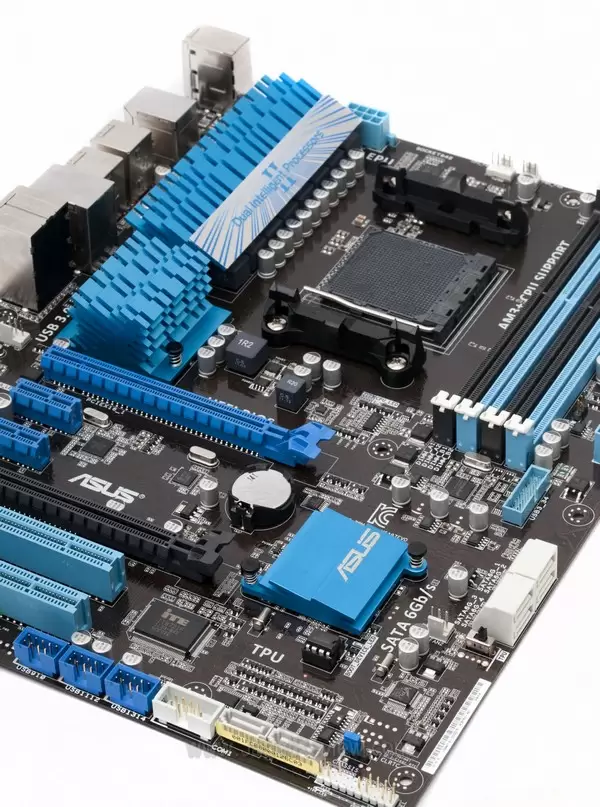

Matter of fact, it did not even act as if the BIOS was flashing back. Mounting the USB stick in the front bezel port, I tried several times and it all failed. So now I am booting up my MacBook Air, going to the ASUS website and downloading the original BIOS (two versions back), and copying it to a USB stick, which I also had to dig around to find.
ASUS M5A97 R2.0 DRIVERS WINDOWS 10 USB MANUAL
The instructions in the motherboard manual indicated to flashback the BIOS by pushing a little button on the motherboard for 3 seconds at power on, but the go-to BIOS version must be present on a USB stick for it to work. It was late at night, I wanted to go to bed, and was getting crankier by the minute cursing myself for having the bright idea to do this before bed. My motherboard manual indicated it had “Flashback BIOS” – Yay! That’s the answer.

I optimistically thought, “OK, maybe it has not detected the USB keyboard yet,” but that proved to be false because CTRL+ALT+DEL rebooted it.

I started to worry when nothing happened after I pressed F1, let alone DEL or F2. Press F1 to enter setup.” While the message itself did not initially alarm me, I found it odd because normally the “setup” key for this motherboard is either DEL or F2, not F1. During POST, a message came up saying “CPU overclock error. The process finished with no errors, but then I rebooted, and I noticed that something was wrong.
ASUS M5A97 R2.0 DRIVERS WINDOWS 10 USB UPDATE
After the nVidia update completed, I moved on to the BIOS flash, using the EZ Update application provided by ASUS.Īll seemed well during the execution. When I checked, I realized my existing BIOS version was two versions behind, so I downloaded the appropriate update according to their matrix. No problem, I thought, I’ll just update it before I go to bed, and while it’s updating I’ll check the BIOS updates for my ASUS M5A97 R2.0 motherboard. So it was about a week ago, late at night, when my custom-built home computer alerted me of an nVidia update. That said, a persuasive part of me wants to proactively prevent problems before they happen. For almost any other device (PC, printer, etc.), I fall in to the second category. If it is a server, then definitely category one. I personally vacillate between the two categories, depending. Having over 16 years of working in IT, I find there are schools of thought when it comes to updating the basic input/output system, a.k.a.


 0 kommentar(er)
0 kommentar(er)
